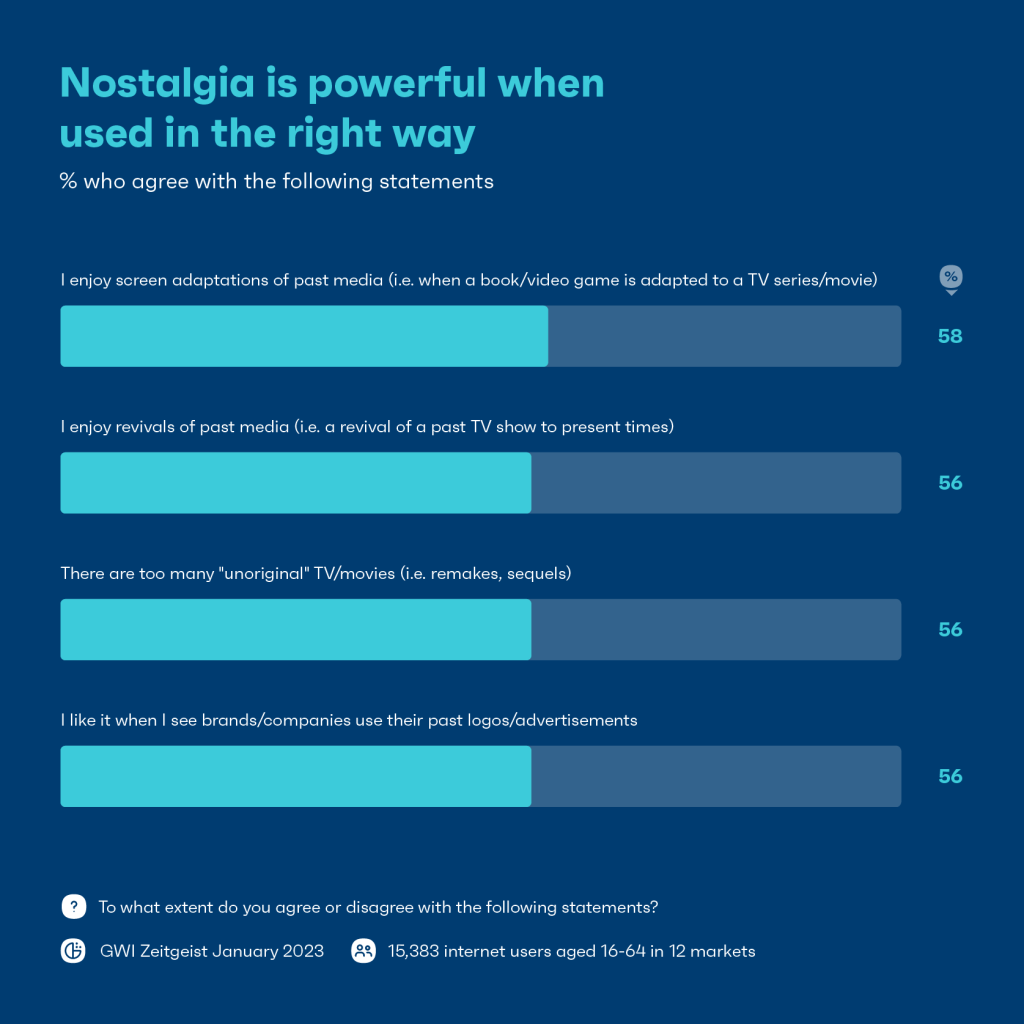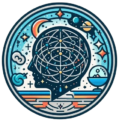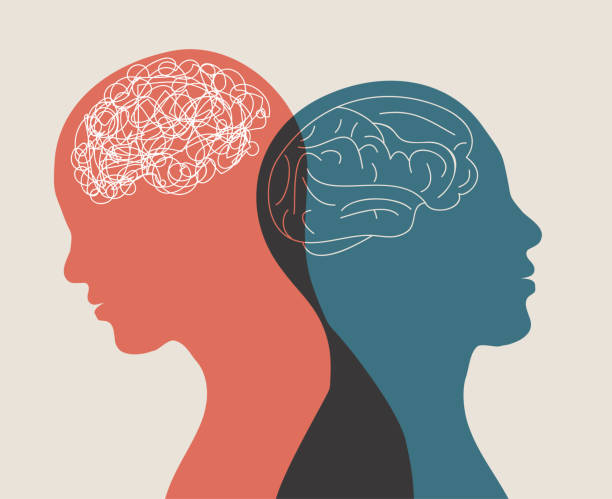Introduction
Have you ever experienced a sudden shiver or goosebumps while listening to a particular song? Maybe it was a swelling orchestral moment, a heartfelt lyric, or a nostalgic tune from your teenage years. This phenomenon, known as “frisson” (from the French word for “shiver”), is not just an emotional experience—it’s a full-body brain reaction. But why does our brain respond this way to music, and what does it reveal about how we process sound, memory, and emotion?
Understanding why certain music elicit chills involves exploring the intricate interplay between our brain’s auditory processing, emotional centers, and memory systems.
The Neuroscience Behind Musical Chills
1. Auditory and Emotional Processing
Research indicates that individuals who experience chills from music have stronger connections between the auditory cortex and areas of the brain involved in emotional processing. These enhanced neural pathways, especially between the superior temporal gyrus and the insula, facilitate a more profound emotional response to musical stimuli (Sachs et al., 2016).
This means that people who get chills from music are literally wired differently—their brains are better at syncing sound with feeling.
2. The Role of Dopamine
Dopamine, a neurotransmitter associated with pleasure and reward, plays a significant role in our response to music. Studies using PET scans and fMRI imaging have shown that listening to music that evokes chills leads to increased dopamine release in the striatum, a region of the brain tied to the brain’s reward system (Salimpoor et al., 2011).
Interestingly, dopamine release doesn’t just occur during the emotional high point of a song, but also in anticipation of it. This mirrors the kind of predictive engagement we have with food, love, or even gambling. Your brain is basically saying: “Something awesome is about to happen. Get ready.”
The Influence of Musical Structure
1. Expectation and Surprise
Music often follows certain patterns, and our brains are adept at recognizing these patterns and forming expectations. When a song deviates from these expectations in a surprising and emotionally rewarding way—such as an unexpected chord progression, a sudden drop, or a soaring crescendo—it can lead to heightened emotional responses, including chills (Huron, 2006).
This is why composers like Hans Zimmer or singers like Adele can send us into emotional overdrive. They know exactly how to walk the tightrope between familiarity and surprise.
2. The Build-Up
Build-ups, tempo shifts, and key changes can trick our brain into a heightened state of arousal. When that emotional “drop” or peak arrives, it releases a flood of chemicals that causes that iconic shiver. Think of it as your brain getting goosebumps before your body does.
Read More- Mindfulness
Nostalgia and Autobiographical Memory
1. Music-Evoked Autobiographical Memories (MEAMs)
Certain songs are closely tied to personal memories and experiences. When we hear these songs, they can trigger vivid recollections and associated emotions. This connection between music and memory is particularly strong for songs from our adolescence and early adulthood, a phenomenon known as the “reminiscence bump” (Krumhansl & Zupnick, 2013).
That high school anthem? The road trip playlist from college? Your brain has it all filed away, complete with emotions, scents, and visuals. Music is like a time machine that runs on melody and lyrics.
2. Neural Correlates of Nostalgic Music
Functional MRI studies have revealed that listening to nostalgic music activates brain regions involved in memory, self-reflection, and emotion. These include the medial prefrontal cortex and the hippocampus (Janata, 2009).

This means that nostalgic songs can make us feel connected not only to our past but to our core identity. It’s why we might cry during a reunion montage or feel inexplicably moved by a throwback hit.
Individual Differences in Musical Chills
Not everyone experiences chills in response to music. Factors such as personality traits, emotional sensitivity, and musical training can influence one’s susceptibility to frisson.
Openness to Experience
People high in the personality trait “openness to experience” tend to be more imaginative, curious, and emotionally aware. These individuals are more likely to report experiencing chills during music listening (Colver & El-Alayli, 2016).
Musical training also seems to play a role, possibly because trained musicians are more attuned to the nuances and emotional cues embedded in music.
The Evolutionary Perspective
From an evolutionary standpoint, music may have played a role in social bonding and communication. The emotional responses elicited by music could have strengthened group cohesion and cooperation among early humans (Harvey, 2017).
Think about it: chanting around a fire, war drums before a battle, lullabies for infants. Music may have been essential for survival, and our emotional reactions to it are deeply wired into our DNA.
Practical Implications
Understanding the mechanisms behind musical chills has practical applications in areas such as music therapy. For individuals with conditions like Alzheimer’s disease, music can serve as a powerful tool to evoke memories and emotions, potentially improving quality of life (Cuddy et al., 2005).
Music therapy is increasingly used in clinical settings to address mood disorders, trauma recovery, and neurological rehabilitation. Those chills? They’re more than a feeling—they’re a sign that the brain is deeply engaged.
Fun Facts and Cultural Curiosities
- Some people get chills from sad music. This might seem counterintuitive, but sadness in music can create a safe space for emotional exploration.
- Movie soundtracks are engineered for chills. Ever noticed how many emotional movie scenes are underscored with swelling strings or minor key transitions?
- Music and language are closely related. Both rely on rhythm, tone, and expectation—another reason why lyrics can pack such an emotional punch.
- You can train yourself to be more “chill-prone.” By practicing mindfulness and emotional openness while listening, you may increase your sensitivity to musical frisson.
Conclusion
The experience of chills while listening to music is a testament to the profound impact that music can have on our brains and emotions. Through complex neural interactions involving auditory processing, emotional centers, and memory systems, music can evoke powerful physiological and emotional responses.
Whether it’s a nostalgic throwback or a moving cinematic score, those chills are a glimpse into how deeply music resonates with us as humans. They remind us that we’re feeling, remembering, and connecting—and that sometimes, the most powerful therapy comes in the form of a perfectly timed chorus.
References
Colver, M. C., & El-Alayli, A. (2016). Getting aesthetic chills from music: The connection between openness to experience and frisson. Psychology of Music, 44(3), 413–427. https://doi.org/10.1177/0305735615572358
Cuddy, L. L., Duffin, J., Gill, K., Brown, S., & Sikka, R. (2005). Memory for music in Alzheimer’s disease. Neuropsychology, 19(1), 28–35. https://doi.org/10.1037/0894-4105.19.1.28
Harvey, A. R. (2017). Music, evolution, and the harmony of souls. Frontiers in Psychology, 8, 237. https://doi.org/10.3389/fpsyg.2017.00237
Huron, D. (2006). Sweet anticipation: Music and the psychology of expectation. MIT Press.
Janata, P. (2009). The neural architecture of music-evoked autobiographical memories. Cerebral Cortex, 19(11), 2579–2594. https://doi.org/10.1093/cercor/bhp008
Krumhansl, C. L., & Zupnick, J. A. (2013). Cascading reminiscence bumps in popular music. Psychological Science, 24(10), 2057–2068. https://doi.org/10.1177/0956797613486486
Sachs, M. E., Damasio, A., & Habibi, A. (2016). The pleasures of sad music: A systematic review. Frontiers in Human Neuroscience, 10, 404. https://doi.org/10.3389/fnhum.2016.00404
Salimpoor, V. N., Benovoy, M., Larcher, K., Dagher, A., & Zatorre, R. J. (2011). Anatomically distinct dopamine release during anticipation and experience of peak emotion to music. Nature Neuroscience, 14(2), 257–262. https://doi.org/10.1038/nn.2726
Subscribe to PsychUniverse
Get the latest updates and insights.
Join 3,022 other subscribers!
Niwlikar, B. A. (2025, May 25). Your Brain on Music and The 2 Important Neuroscience Phenomena Behind It. PsychUniverse. https://psychuniverse.com/your-brain-on-music/



